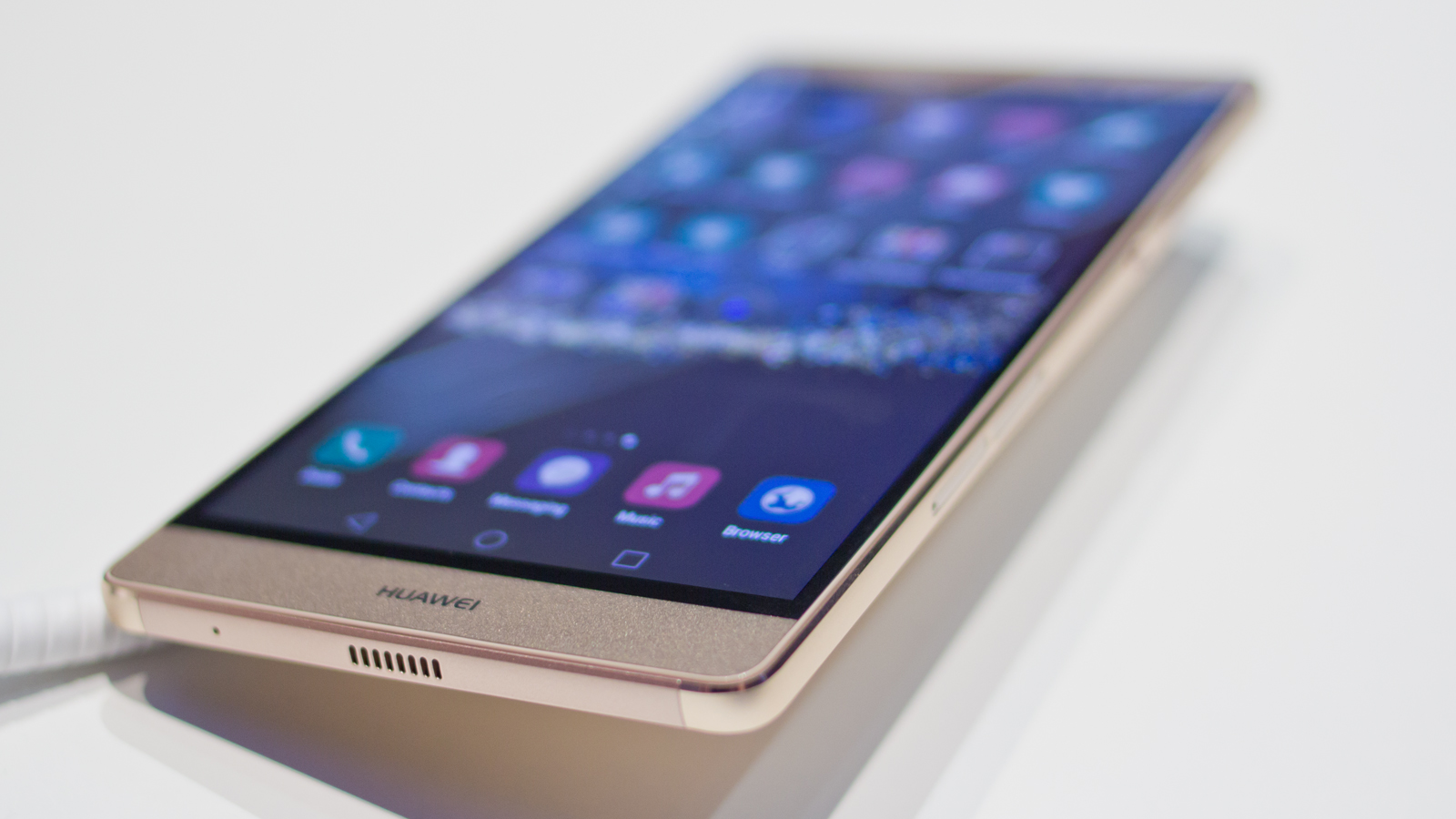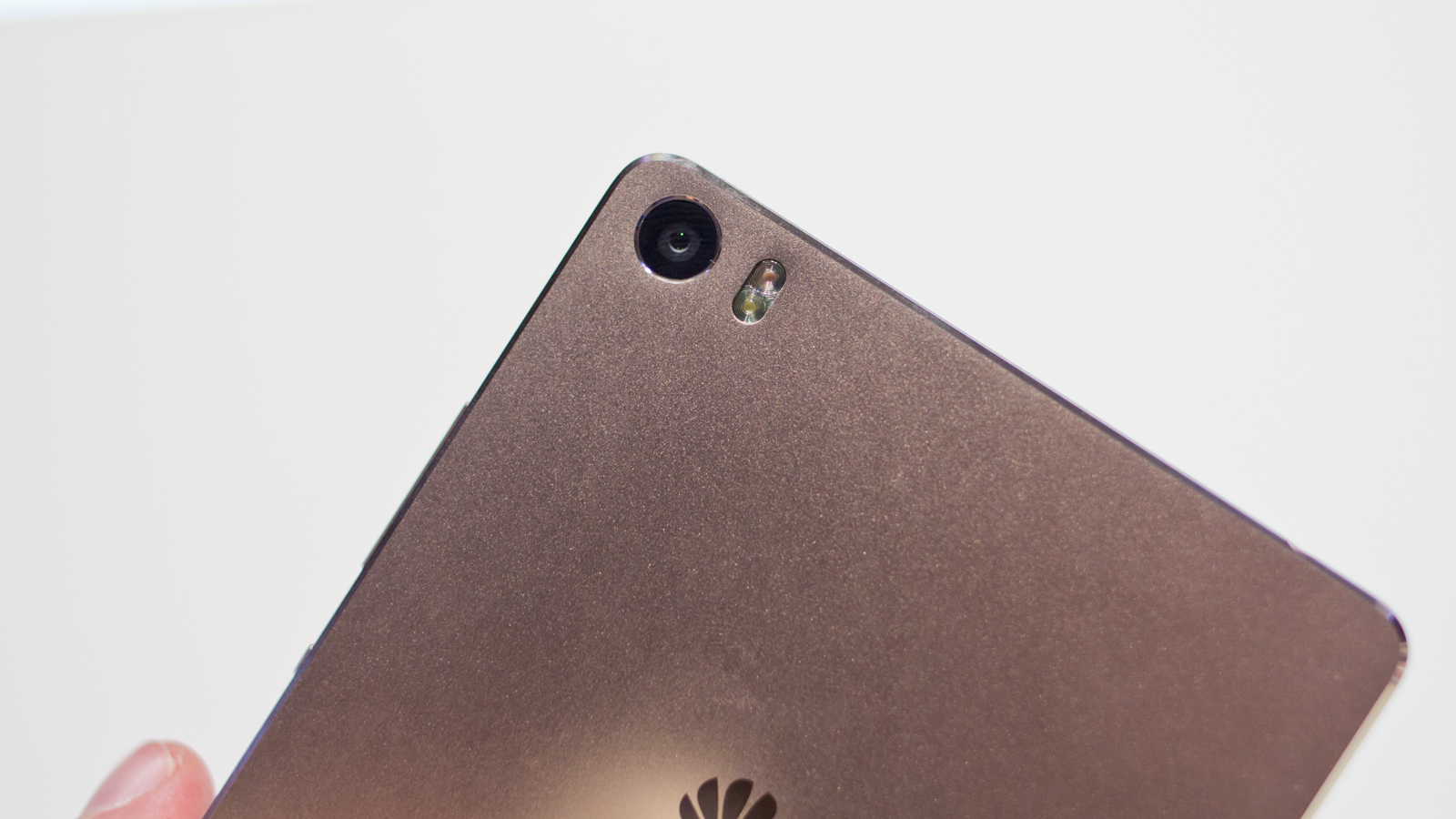If Huawei’s aim was to make the biggest smartphone possible then it appears to have smashed that target out of the park. This thing is only marginally smaller than tablets like the Nexus 7 but costs a lot more.
Huawei P8 max review: Price
Like the regular P8, it comes in standard and premium versions priced at 549 and 649 Euros respectively. The standard version comes with 32 GB of storage and is available in Titanium grey or Mystic champagne. Opting for the premium model doubles the storage and means you can choose from Carbon black and Prestige gold.
Huawei P8 max review: Design and build
It looks like the regular P8 and is still impressively thin at 6.8 mm and an 83 percent screen-to-body ratio means it’s actually quite compact. It’s really easier to compare it to small tablets like the Sony Xperia Z3 Tablet Compact rather than large phones. It’s actually easy enough to hold in one hand but there’s really no chance of using the display one-handed like you would normally do with a phone. We like the style of the P8 max with those thin bezels and what Huawei calls a 94 percent metal-to-body ratio which is a bit confusing since the body is metal. We think means it’s mostly made of metal apart from the plastic strip on the back. There’s no E ink cover like the smaller P8 but Huawei has gone for a copy of HTC’s DotView case so you can get information even with the case closed through the tiny holes. It will also prop the device at a nice viewing angle in landscape mode.
Huawei P8 max review: Hardware and specs
Despite a much larger screen than its sibling (we’re still getting our head round it), the resolution remains at Full HD. This means a pixel density of 323 ppi which is lower than the rivals Huawei is comparing the device to. The screen does look nice but as mentioned earlier, the tablet size means you’ll need two hands to use it. Apart from the dramatic difference in screen size, much of the spec remains the same as P8 with a Kirin octa-core processor, 3 GB of RAM. Performance seems to be good via our hands-on play but we’ll test this further with a sample and benchmarks. A much larger battery at 4360 mAh means it offers a very specific 2.23 days of normal usage according to the firm. As mentioned earlier, there is 32- or 64 GB of storage available and there’s a mciroSD card slot which can also be used for a Nano SIM if you prefer (not both at once) making this a dual-SIM phablet. Wireless includes 4G LTE (Cat 6), 11ac Wi-Fi, Bluetooth 4.0 and NFC but there are no additional features such as a fingerprint scanner or IR blaster. There’s a decent 13 Mp rear camera which is the same as the P8 with optical image stabilisation and a dual-tone flash. At the front the selfie snapper is slightly lower res than its brother at 5 Mp. We’ll report back on the cameras when we have a review sample.
Huawei P8 max review: Software
Huawei pre-loads the P8 max with Android 5.0 Lollipop and its own Emotion UI. It’s fairly stylish and we like features like the drop down bar navigating straight to quick settings when there are no notifications to view. However, we still don’t understand why Huawei ditches the Android app menu so in iPhone fashion app icons must sit on the homescreen panels. Emotion UI is great for customisation though with different themes and the ability to choose your own screen transition animation. New features include a panel view and being able to run two apps side-by-side although we don’t know why this is limited to landscape orientation. Tech Advisor’s Reviews Editor, Chris has been reviewing all kinds of tech for over 10 years and specialises in audio. He also covers a range of topics including home entertainment, phones, laptops, tablets and more.




